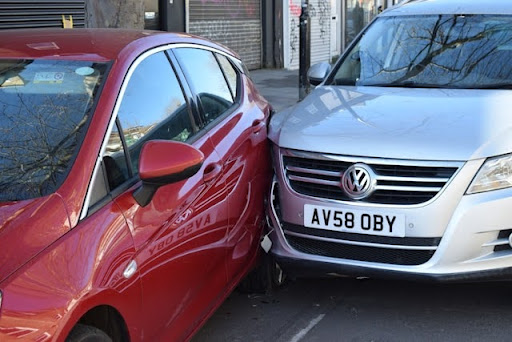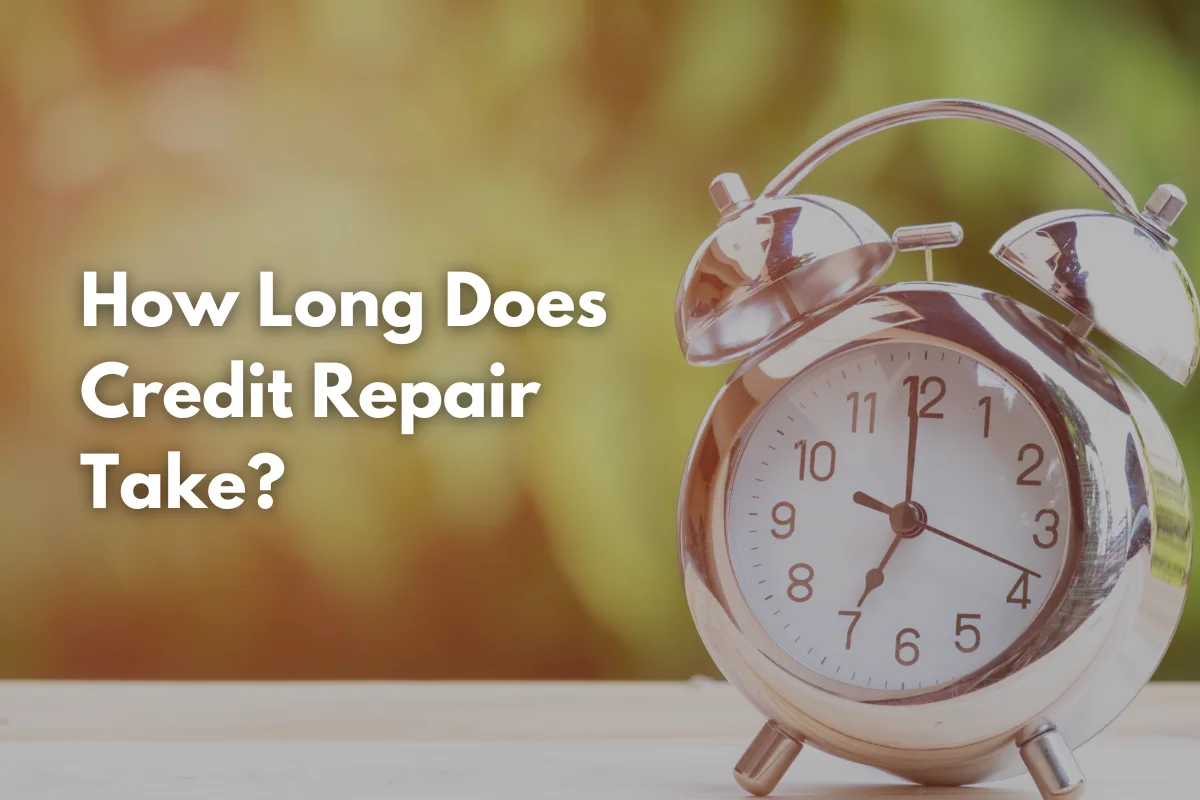Car accidents can be stressful, traumatic, and financially burdensome. One of the most important and often confusing aspects following a collision is determining who is at fault. In Canada, the process of assigning fault plays a key role in insurance claims, compensation, and potential legal consequences. Whether you’re a seasoned driver or someone newly navigating the roads, understanding how fault is determined can protect your rights and help you make informed decisions.
This blog explores the methods used to determine fault in a car accident in Canada, what factors influence the outcome, and how it affects drivers involved.
Understanding the Basics: Fault vs. No-Fault
Canada follows a “no-fault insurance” system in several provinces, including Ontario, Quebec, Nova Scotia, and British Columbia. However, “no-fault” doesn’t mean that no one is found to be responsible for an accident. It simply means that regardless of who caused the crash, each driver turns to their own insurance provider to cover damages like medical bills and vehicle repairs.
That said, determining who was at fault still matters. Fault affects:
- Whether you can sue the other driver for damages
- How much your insurance premiums increase
- The amount of compensation you may receive or owe
Who Determines Fault in a Car Accident?
In most cases, insurance companies are responsible for determining fault after an accident. They investigate the circumstances surrounding the incident using evidence such as:
- Statements from the drivers involved
- Witness testimonies
- Police reports
- Photos of the scene and vehicle damage
- Surveillance footage (if available)
- Applicable traffic laws
Based on the findings, insurers assign a percentage of fault to each driver involved — often in increments of 0%, 25%, 50%, 75%, or 100%.
Fault Determination Rules in Canada
Some provinces like Ontario use standardized Fault Determination Rules, which help insurers assign blame based on common types of accidents. These rules are applied regardless of weather, visibility, or road conditions.
Some examples of how these rules apply:
1. Rear-End Collisions
If Driver A rear-ends Driver B, Driver A is usually 100% at fault, regardless of why Driver B stopped.
2. Left-Turn Accidents
If a driver makes a left turn and is hit by an oncoming vehicle, the turning driver is generally at fault unless the oncoming driver was speeding or ran a red light.
3. Lane-Change Collisions
If two vehicles collide during a lane change, the driver who initiated the change is often considered at fault.
These rules provide consistency and reduce the need for lengthy investigations or court proceedings. However, in complex cases, fault may still be disputed.
Factors That Influence Fault Determination
Several elements play a role in determining fault:
1. Traffic Laws
Breaking traffic laws — such as speeding, running a red light, or failing to yield — typically puts a driver at fault.
2. Police Reports
If police are called to the scene, their report becomes a critical piece of evidence. Officers may issue tickets or indicate who they believe is at fault based on witness statements and physical evidence.
3. Witness Statements
Eyewitness accounts can support or contradict each driver’s version of events, helping insurers or courts establish a clearer picture of what happened.
4. Dashcam or Surveillance Footage
Video evidence can eliminate ambiguity and clearly show which driver made a dangerous or illegal maneuver.
5. Vehicle Damage
The location and severity of vehicle damage can help reconstruct the accident and support or challenge a driver’s statement.
What Happens Once Fault Is Determined?
Once an insurance company determines fault, several outcomes follow:
Insurance Coverage
Each driver’s own insurer will generally pay for damages to their own vehicle under no-fault rules. However, fault still matters when it comes to:
- Deductibles: If you are 100% not at fault, your insurer may waive your deductible.
- Premium Increases: If you are found to be more than 25% at fault, your premiums may go up at renewal.
- Legal Rights: If another driver was at fault, you may have the right to pursue additional compensation through a lawsuit.
Lawsuits and Liability
In cases involving serious injuries or significant financial loss, lawsuits may still arise. If you were injured due to another driver’s negligence, you may wish to contact car accident lawyer services to explore your legal options.
Can Fault Be Shared?
Yes. In many cases, fault is shared between drivers. For instance:
- If one driver was speeding and the other failed to signal a lane change, both may bear some responsibility.
- A driver who brakes suddenly for no reason might share fault with the driver who rear-ended them.
Fault is typically assigned as a percentage, such as 50/50 or 75/25. These percentages influence compensation — for example, if you’re 25% at fault, you may receive only 75% of the damages you’re claiming.
Disputing Fault in a Car Accident
If you disagree with the fault assigned by your insurance company, you have options:
1. Provide Additional Evidence
Submit dashcam footage, witness contact details, or photographs not initially considered.
2. Request a Reassessment
Ask the insurer to review the claim again with the new information.
3. File a Complaint
Each province has an ombudsman or dispute resolution service (e.g., FSRA in Ontario) to help resolve disagreements between insurers and clients.
4. Take Legal Action
If you’re unsatisfied with the outcome and it significantly impacts your claim or premium, you may seek legal assistance to challenge the decision.
Tips for Protecting Yourself After an Accident
Being prepared can help ensure fault is assessed fairly:
- Take Photos: Document the damage, license plates, road signs, and skid marks.
- Call the Police: Especially if there are injuries or major damage.
- Exchange Information: Get contact and insurance info from all involved drivers.
- Talk to Witnesses: Collect names and numbers in case their account is needed.
- Avoid Admitting Fault: Even a polite “I’m sorry” can be misinterpreted.
Final Thoughts
Understanding how fault is determined in a car accident in Canada helps protect your rights and minimizes stress in an already difficult situation. Though many provinces operate under a no-fault system, responsibility still matters — affecting everything from insurance payouts to legal claims.
By knowing your rights, gathering strong evidence, and staying informed, you can navigate the aftermath of a collision with greater confidence. In more complex situations, especially those involving injury or disputed claims, it’s always wise to seek legal guidance.
If you find yourself in such a scenario, don’t hesitate to contact car accident lawyer services to ensure your side of the story is heard and your interests are fully protected.









